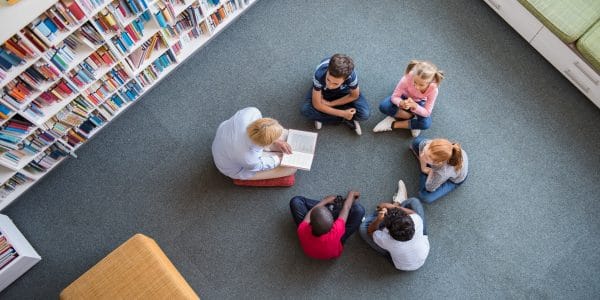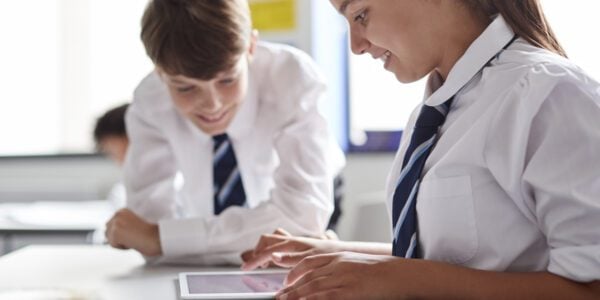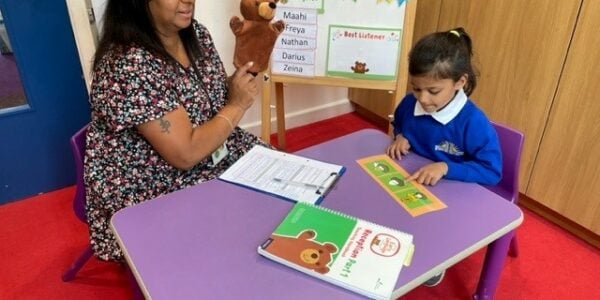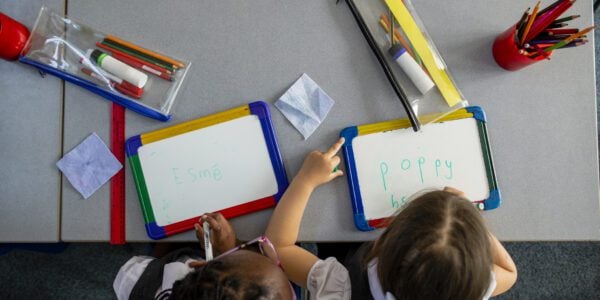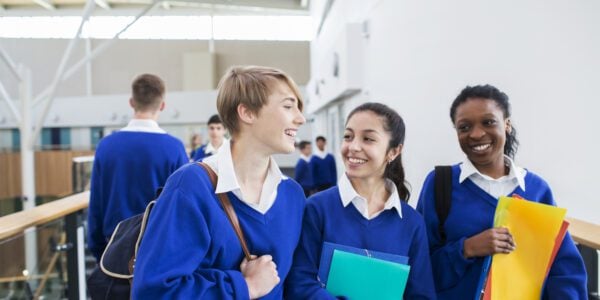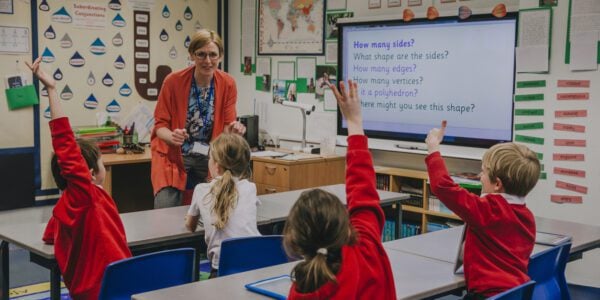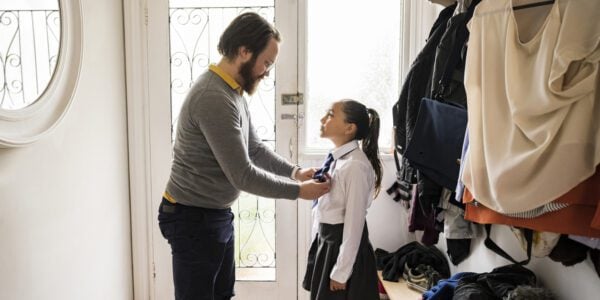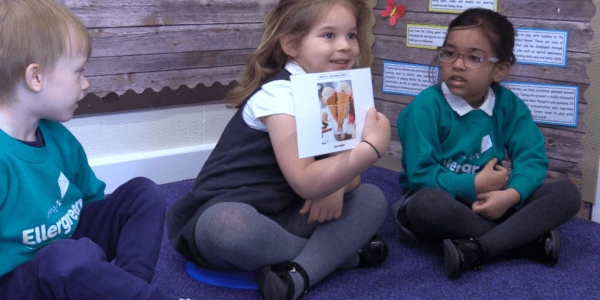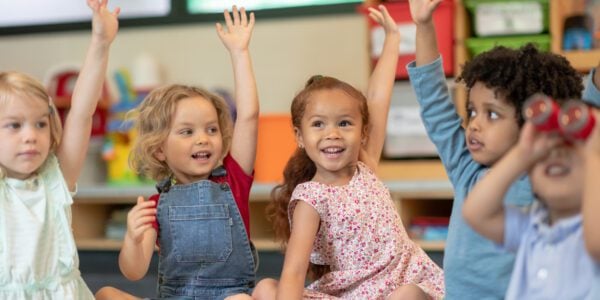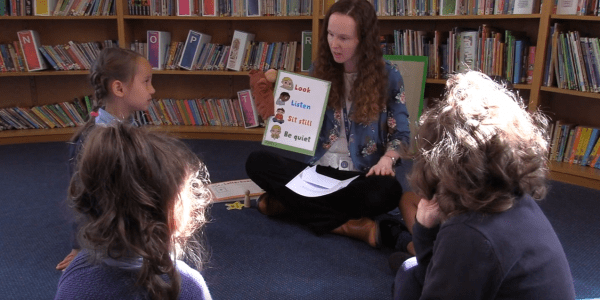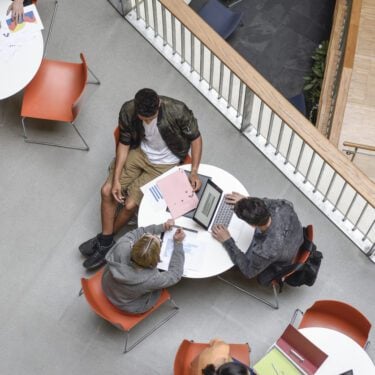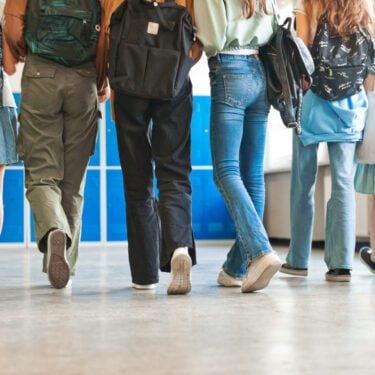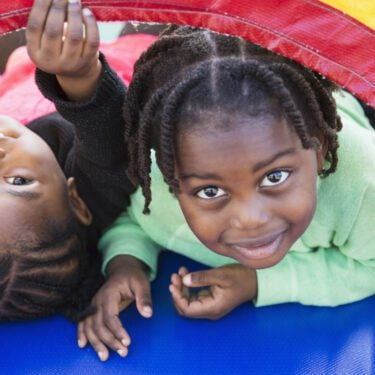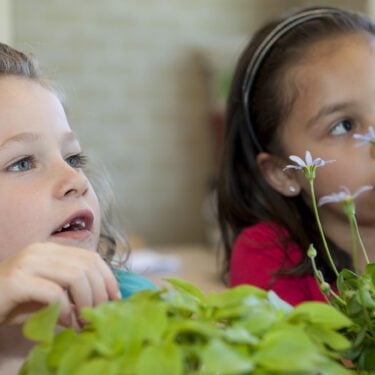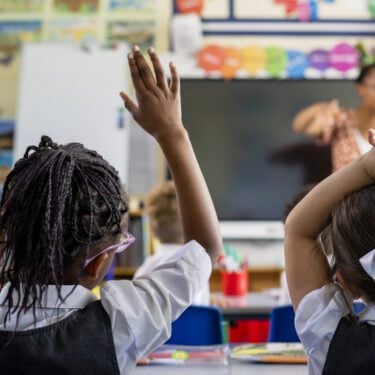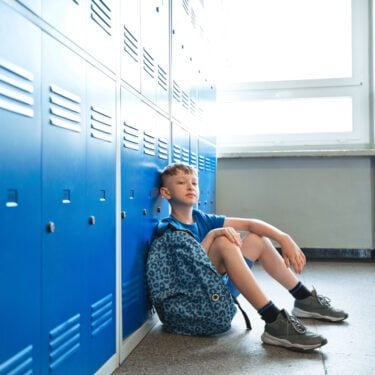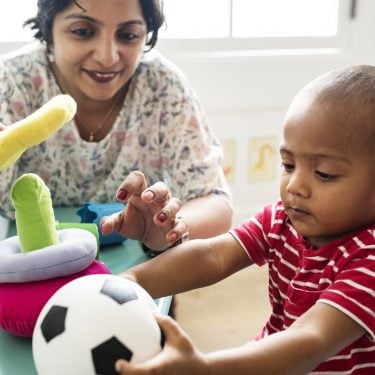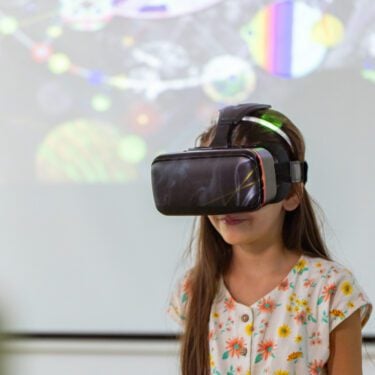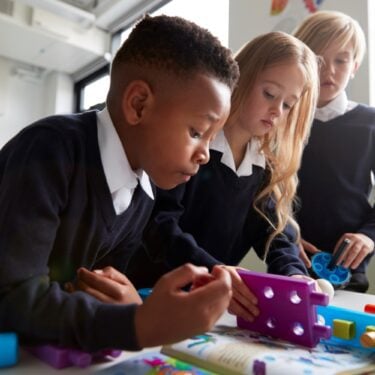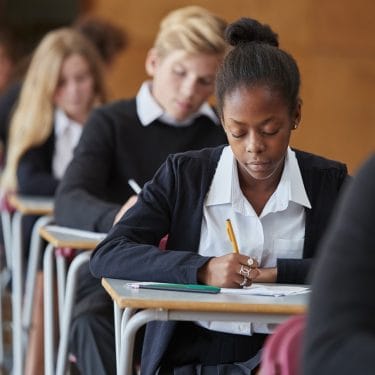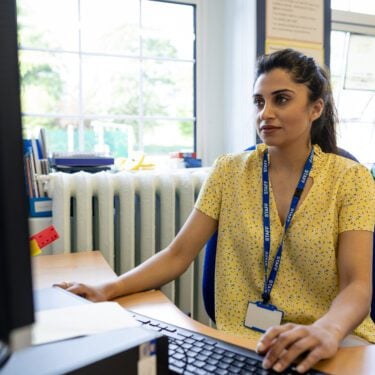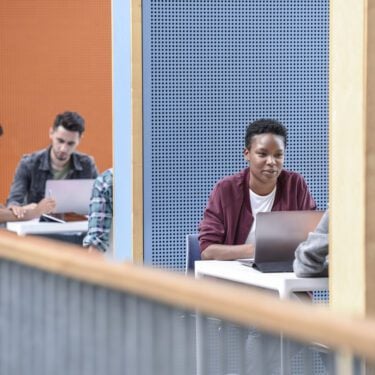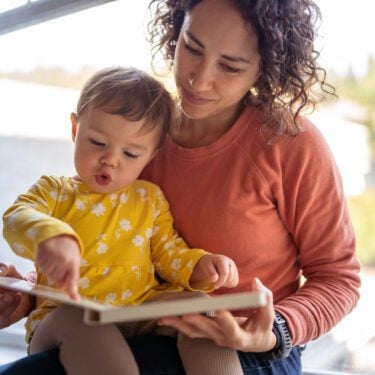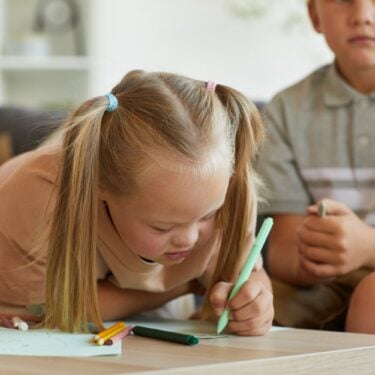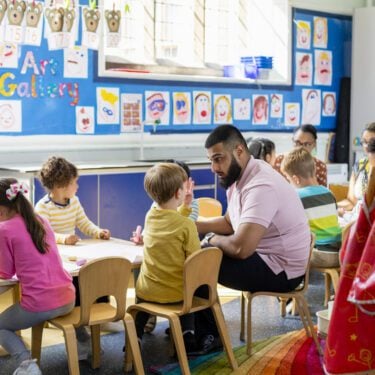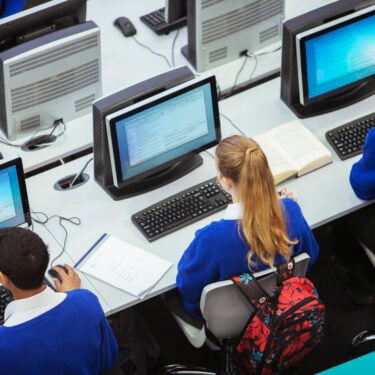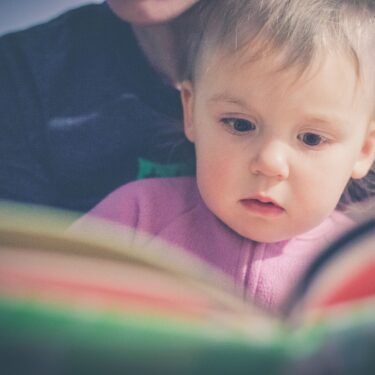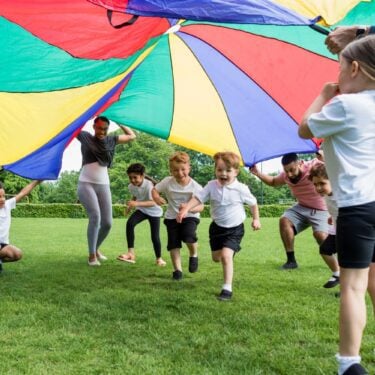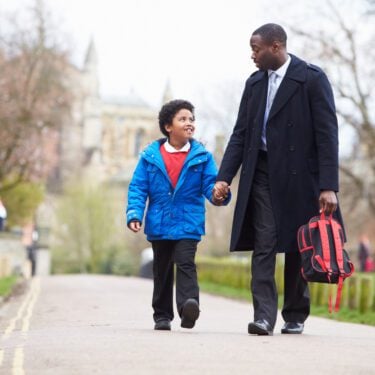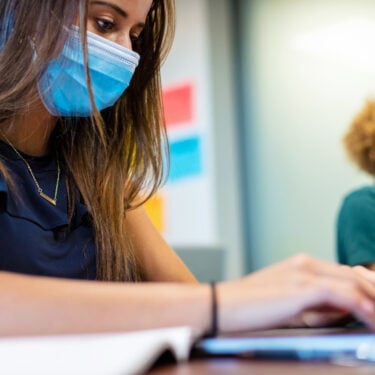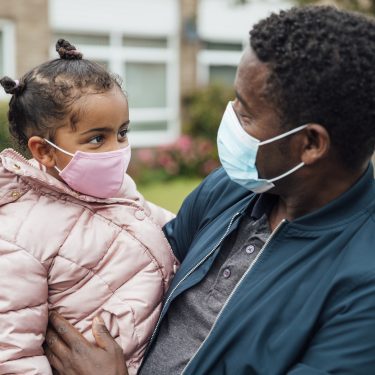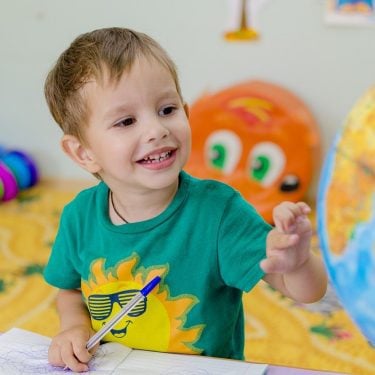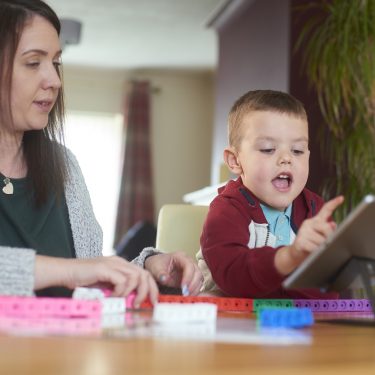The most disadvantaged and vulnerable pupils in the UK are more likely to have missed the most learning time as a result of the disruption to schools, according to new Nuffield-funded analysis from the Education Policy Institute (EPI).
The research, released halfway through the new school term, is the first to compare data on school attendance across England, Scotland, Wales and Northern Ireland since the return of schools in August and September. Within the four UK countries, the analysis considers how attendance rates vary among different pupil groups and in different areas.
Rising COVID-19 infection rates across the country have created a number of challenges for schools since they reopened several weeks ago, with thousands of pupils and staff being sent home following outbreaks of the virus.
The EPI analysis shows that in areas with the highest rates of the virus in the UK such as the North West of England, as many as 4 in 10 secondary pupils were unable to attend school during October. In contrast, other areas have seen almost all of their pupils attend school in person.
The research also suggests that in the first half of the autumn term the most deprived areas in the UK were more likely to have seen lower pupil attendance levels.
It finds a clear link in Scotland between pupils with higher levels of deprivation and low school attendance levels, along with indications in other parts of the UK that poorer pupils were also more likely to miss out on formal schooling during the first term back.
This follows evidence from the lockdown period in the spring, which showed that the amount of home learning taking place during the height of the pandemic was far greater among pupils from high income families than those from low income families.
Following this second wave of disruption to pupils’ learning, the Education Policy Institute urges the government to target more of its school catch up funding at disadvantaged pupils who have fallen further behind, rather than offer the same level of support across-the-board.
Commenting on the analysis, Luke Sibieta, author and Research Fellow at the Education Policy Institute (EPI) said:
“This research shows that so far in the autumn term, Scotland has been the most successful with getting pupils back into the classroom, with far higher school attendance rates than England and Wales over the last two months.
“Before October half term, more than 9 out of every 10 pupils in Scotland still attended school. While some of this reflects lower infection rates, even in those areas that had similar rates of infection to other parts of the UK, Scotland still managed to achieve higher school attendance rates.” “While school attendance figures vary considerably, emerging evidence suggests that it is the most disadvantaged and vulnerable pupils across the UK who are missing the most formal schooling following the reopening of schools. Other UK governments should urgently follow Scotland’s lead and publish attendance rates by local authority and for the poorest pupils, so that we can track attendance rates into the winter and identify those pupils in need of extra support.”

